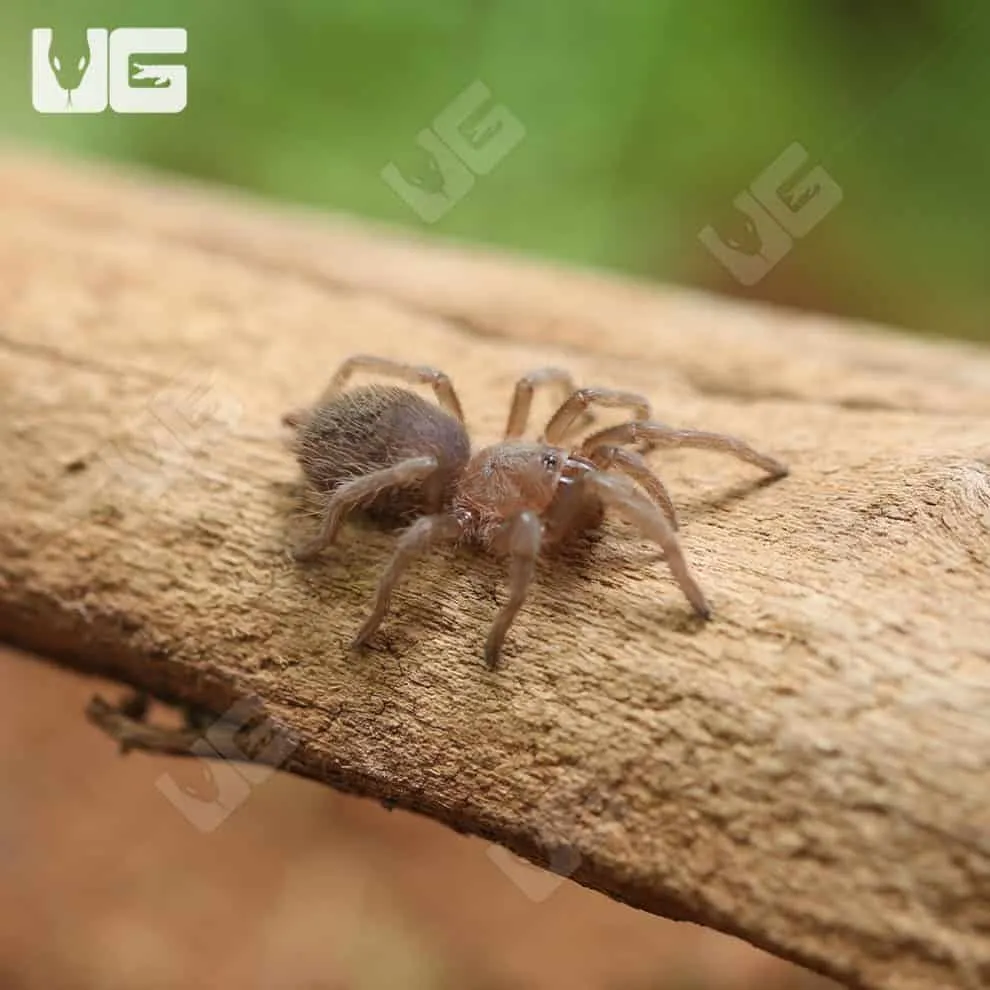Choosing Your Mexican Rose Tarantula
Bringing a Mexican Rose Hair Tarantula into your home can be a rewarding experience. These spiders are known for their docile temperament and relatively easy care, making them a popular choice for both beginner and experienced arachnid enthusiasts. Before you get started, it’s important to learn about proper care, setup, and what to expect. By understanding these fundamental aspects, you can ensure your new pet thrives in a comfortable and safe environment. This guide provides comprehensive information to assist you in becoming a responsible and knowledgeable tarantula owner, ensuring the well-being of your new companion. Understanding the basics ensures you are ready.
Selecting a Healthy Tarantula
Choosing a healthy Mexican Rose Hair Tarantula is the first step towards successful pet ownership. Start by selecting a reputable breeder or pet store that prioritizes animal welfare. Observing the tarantula before purchase can provide valuable insights into its health. Look for a tarantula that is active and alert, showing interest in its surroundings. Avoid spiders that appear sluggish or uncoordinated. Check the spider’s abdomen; it should be plump, not shriveled, as a shrunken abdomen can indicate dehydration or malnourishment. A healthy tarantula will have a full abdomen indicating it is well-fed. Examine the legs for any missing limbs or deformities. Ensure the fangs are intact and not damaged. If possible, ask about the tarantula’s feeding history, molting schedule, and general health. A healthy tarantula is more likely to live a long and vibrant life in your care. Don’t rush the process; a careful selection ensures a positive start.
Signs of a Healthy Tarantula
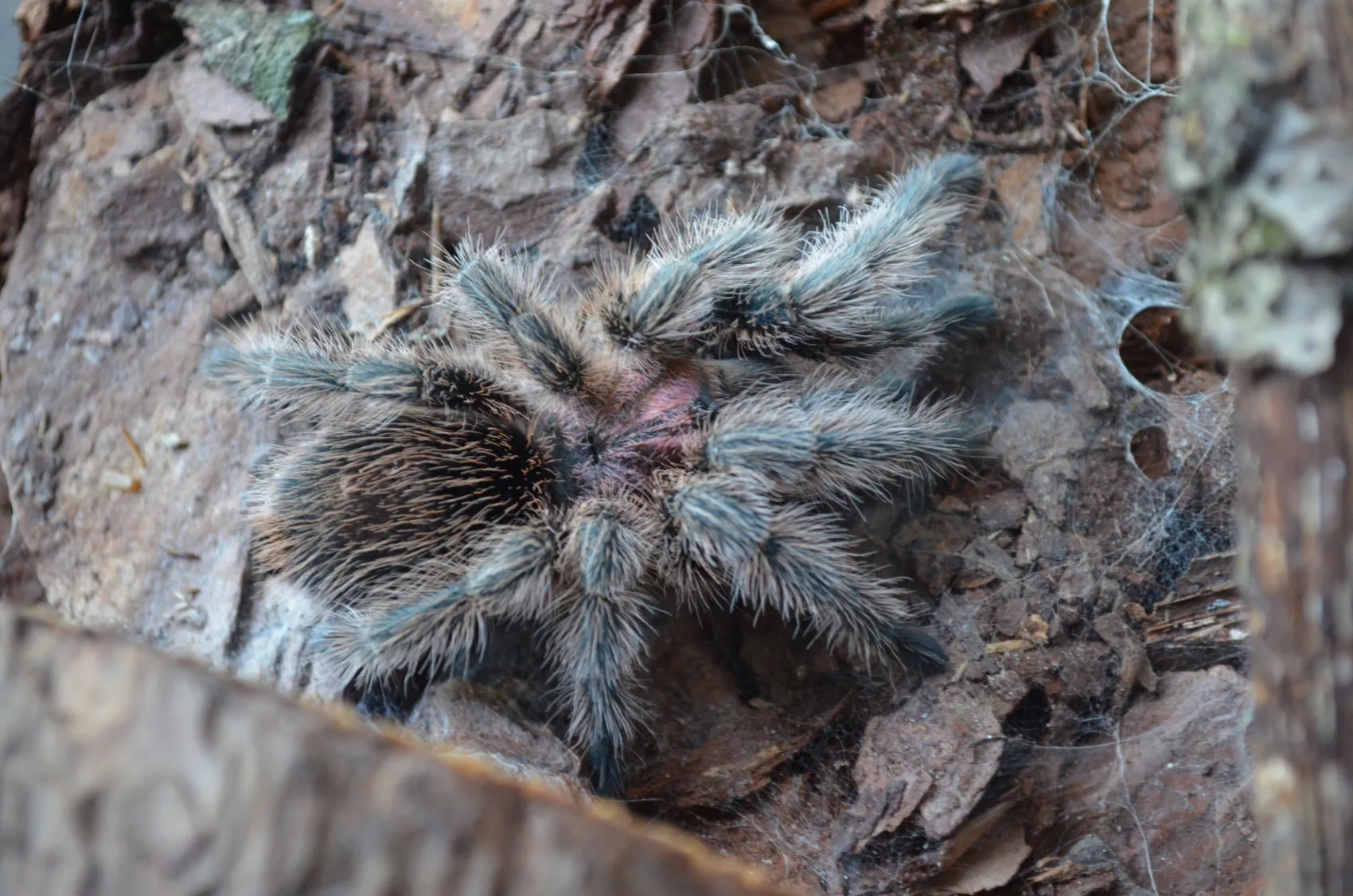
Identifying the signs of a healthy Mexican Rose Hair Tarantula is crucial for providing proper care and ensuring its well-being. Healthy tarantulas exhibit several key characteristics. They typically have a robust appetite and readily consume appropriately sized insects. The abdomen should be plump and rounded, indicating adequate hydration and nutrition. The tarantula should be active, moving around its enclosure and exploring its environment. It should also exhibit a normal posture and gait, with all legs functioning correctly. Clear and bright eyes are another positive sign. Regularly observe your tarantula’s behavior and appearance, as any changes could indicate a health issue. Shedding skin (molting) is a natural process, but a healthy tarantula will shed regularly. A healthy tarantula is an active and vibrant pet that enjoys its surroundings and is well cared for, making it a welcome addition to your home.
Setting Up the Perfect Enclosure
Creating the ideal environment for your Mexican Rose Hair Tarantula is fundamental to its health and happiness. The setup of the enclosure directly impacts the tarantula’s ability to thrive, so careful consideration of the habitat is essential. Providing a suitable habitat ensures that your tarantula can engage in natural behaviors and remain healthy. This involves selecting the correct size and type of enclosure, choosing appropriate substrate and furnishings, and maintaining the right temperature and humidity levels. A well-designed enclosure not only supports the tarantula’s physical needs but also adds aesthetic value to your home, allowing you to enjoy observing your pet. By taking these steps, you create an environment that supports your tarantula’s physical and psychological well-being.
Enclosure Size and Type
Selecting the appropriate enclosure size and type is a critical aspect of tarantula care. The enclosure should be large enough for the tarantula to move freely, but not so large that it feels exposed and stressed. A good rule of thumb is to provide an enclosure that is at least three times the tarantula’s leg span in width. For a juvenile Mexican Rose Hair Tarantula, a 5-10 gallon tank often suffices, while an adult will need a larger setup, typically 10-20 gallons. Glass terrariums or clear plastic enclosures work well because they allow for easy observation. Ensure the enclosure has a secure lid to prevent escape and adequate ventilation to maintain air quality and prevent mold growth. Proper ventilation is important to avoid the build-up of harmful gases, and to keep the enclosure environment fresh. The right enclosure is a safe and comfortable home.
Substrate and Furnishings
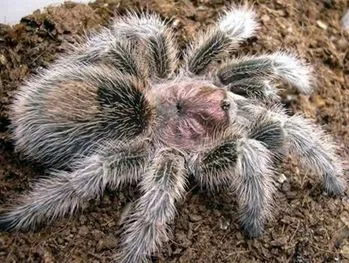
The substrate and furnishings of your tarantula’s enclosure play essential roles in its well-being. The substrate should be absorbent to maintain humidity and allow the tarantula to burrow if it chooses. A mixture of peat moss, vermiculite, and a small amount of coco fiber is often recommended. Avoid using materials like cedar or pine shavings, as they can be toxic to tarantulas. Provide a shallow water dish with clean, fresh water at all times. This is crucial for hydration. Add a hide, such as a piece of cork bark or a half-log, where the tarantula can retreat and feel secure. Live or artificial plants can enhance the aesthetic appeal and offer additional hiding spots, but avoid plants with sharp edges or toxic properties. The substrate should be deep enough to allow for burrowing. Regularly clean the enclosure by spot-cleaning, removing any uneaten food or waste. The right furnishings ensure your tarantula feels safe and can exhibit natural behaviors.
Temperature and Humidity Requirements
Maintaining the correct temperature and humidity levels is crucial for your Mexican Rose Hair Tarantula’s health. These tarantulas thrive in temperatures ranging from 75 to 85 degrees Fahrenheit (24 to 29 degrees Celsius). While supplemental heating is usually not necessary in a typical home environment, you can use a heat mat on the side of the enclosure (never on the bottom) if needed. Humidity levels should be kept between 60% and 70%. This can be achieved by lightly misting the enclosure with dechlorinated water a few times a week, but avoid over-misting, which can lead to mold growth. You can monitor humidity using a hygrometer. The substrate also helps maintain humidity, so proper choice is important. Ensure good ventilation to prevent mold. Maintaining the right environment supports your tarantula’s health. Proper temperature and humidity will keep your tarantula thriving.
Feeding Your Mexican Rose Tarantula
Proper feeding is essential for the health and longevity of your Mexican Rose Hair Tarantula. These spiders have specific dietary needs that must be met to ensure their growth and well-being. Understanding what to feed, how often to feed, and appropriate portion sizes are crucial for providing the best possible care. Regular feeding schedules, appropriate food choices, and careful monitoring of your tarantula’s appetite will help keep it healthy. The right feeding practices support your tarantula’s overall health and enable you to observe your pet’s feeding behavior. Providing a balanced diet ensures the tarantula is healthy and well cared for, leading to a long and happy life. Take the time to learn more about feeding requirements to ensure your tarantula thrives.
What to Feed Your Tarantula
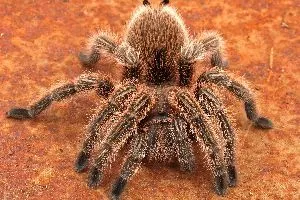
Mexican Rose Hair Tarantulas are primarily insectivores, meaning their diet consists mainly of insects. Crickets, mealworms, and dubia roaches are excellent choices, as they provide the necessary nutrients and are readily available. It’s important to source insects from a reputable supplier to ensure they are free from pesticides and diseases. Before feeding, it is advisable to gut-load the insects by feeding them nutritious food, such as fresh vegetables and commercial insect food, a day or two before offering them to your tarantula. This practice enhances the nutritional value of the meal. Avoid feeding wild-caught insects, as they may carry parasites or be exposed to harmful chemicals. You should remove any uneaten insects from the enclosure within 24 hours to prevent stress on the tarantula and to maintain a clean environment. Variety in diet can be beneficial, so consider rotating between different types of insects to keep your tarantula’s diet balanced and stimulating.
Feeding Frequency and Portion Size
The feeding frequency and portion size for your Mexican Rose Hair Tarantula vary depending on its age and size. Spiderlings and juveniles should be fed more frequently than adults, typically 2-3 times a week. As the tarantula matures, you can reduce feeding to once or twice a week. The portion size should be appropriate for the tarantula’s size; offer an insect that is roughly the same size as the tarantula’s abdomen. Observe your tarantula’s appetite; if it consistently refuses food, it might be in pre-molt, and it’s best to remove the food. Overfeeding can lead to obesity, which may negatively impact the tarantula’s health, while underfeeding can result in poor growth and potential health issues. Adjust the feeding schedule as necessary, based on the tarantula’s behavior and overall condition. Ensure that food is available, but don’t leave it in the enclosure for extended periods. Monitor your tarantula’s appetite and adjust the feeding schedule as needed.
Watering and Hydration
Providing adequate hydration is a critical aspect of Mexican Rose Hair Tarantula care. These spiders require a constant source of clean water to stay hydrated and maintain their health. Dehydration can lead to serious health problems. Regularly check the water dish and ensure it’s always filled with fresh water. Clean water is crucial for the tarantula’s health and overall well-being, so providing clean water is essential for the tarantula’s survival. In addition to providing fresh water in a dish, the humidity levels in the enclosure should be monitored and maintained. Proper hydration ensures the tarantula can thrive, so keep these facts in mind to ensure your tarantula stays healthy and happy.
Providing Fresh Water
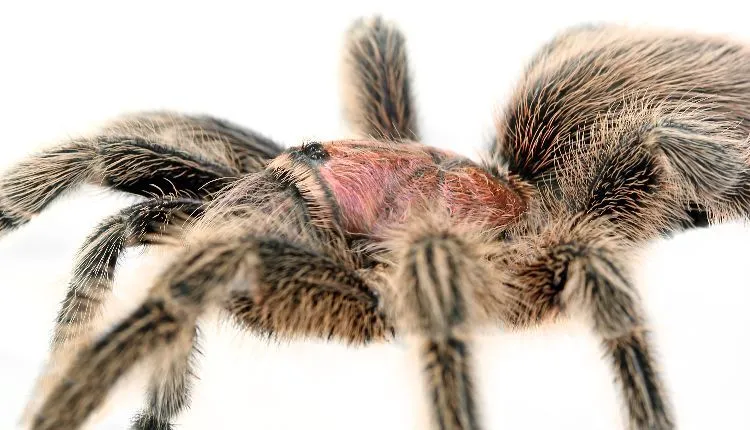
Fresh, clean water is essential for the well-being of your Mexican Rose Hair Tarantula. A shallow water dish should always be available in the enclosure. The water dish should be appropriately sized; it should be large enough to provide a drinking source but not so deep that the tarantula could drown. Use a small, shallow dish, such as a bottle cap or a specialized water dish designed for tarantulas. Always fill the dish with fresh, dechlorinated water. Tap water can contain chlorine and other chemicals that are harmful to tarantulas, so it is important to either use bottled water or treat tap water with a dechlorinating agent. Check the water dish daily and replace the water as needed, especially if it becomes soiled or the substrate gets into it. Regularly clean the water dish with warm, soapy water to prevent the growth of bacteria and algae. Fresh water provides hydration.
Maintaining Humidity Levels
Maintaining appropriate humidity levels is crucial for the health of your Mexican Rose Hair Tarantula. While these tarantulas are relatively hardy and can tolerate moderate humidity levels, it is important to ensure they are within the ideal range (60-70%). Overly dry conditions can lead to dehydration, while excessively high humidity can foster mold growth, which can be detrimental. Monitor humidity levels using a hygrometer. Lightly misting the enclosure with dechlorinated water a few times a week can help maintain humidity. The frequency of misting depends on the ventilation and the substrate used. Ensure good ventilation to prevent excessive moisture buildup. The substrate also plays a role in maintaining humidity; a substrate with good moisture-retaining properties is recommended. The right humidity will keep your tarantula thriving.
Handling Your Mexican Rose Tarantula
Handling a Mexican Rose Hair Tarantula is not strictly necessary for its well-being, and it should be done with caution and respect for the animal. These tarantulas are generally docile, but they can bite if they feel threatened. It’s important to understand the risks and to take precautions before handling your pet. Handling can be a rewarding experience for you but can also pose stress to your tarantula, so it should be done only when necessary. Always wash your hands before and after handling. Handle your tarantula in a safe environment, such as close to the ground or over a soft surface, in case it falls. Never force a tarantula to be handled, as this can increase stress and the likelihood of a defensive response. Always be aware of the tarantula’s body language; if it appears agitated, stop handling immediately. The decision to handle or not is a personal one, based on the tarantula’s temperament.
When to Handle and When to Avoid
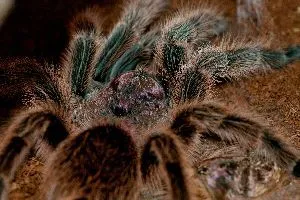
Knowing when to handle your Mexican Rose Hair Tarantula and when to avoid handling is essential for its safety and well-being. Avoid handling your tarantula soon after it has eaten, as it may be more prone to defensive behavior. During the molting process, it is critical to avoid handling, as the tarantula is particularly vulnerable. Avoid handling when it is close to molting. Do not handle a tarantula if it seems stressed or agitated. If the tarantula raises its front legs or flicks hairs, it’s a sign of defensiveness. It’s better to err on the side of caution and avoid handling. Always prioritize the tarantula’s well-being. If you are a beginner, it is usually best to avoid handling altogether to reduce the risk of accidental harm to the tarantula. Understanding when to handle and when to avoid handling is important for keeping your tarantula safe.
Proper Handling Techniques
If you choose to handle your Mexican Rose Hair Tarantula, it’s important to use proper techniques to minimize stress and ensure the safety of both you and the tarantula. Always approach the tarantula slowly and gently. Allow the tarantula to walk onto your hand of its own accord; never try to grab or force it. Support the tarantula’s body, ensuring it feels secure and stable. Avoid sudden movements or dropping the tarantula. Handle the tarantula close to the ground or over a soft surface in case it falls. Avoid placing your hands directly in front of the tarantula’s fangs. If the tarantula shows signs of stress, such as raising its front legs, gently return it to its enclosure. Always supervise children when they are around tarantulas and instruct them not to handle the tarantula. Always wash your hands before and after handling. Proper handling will help keep you and your tarantula safe.
Common Health Issues and Prevention
Understanding common health issues and preventative measures can help you ensure your Mexican Rose Hair Tarantula lives a long and healthy life. While these tarantulas are relatively hardy, they can be susceptible to certain ailments. Regular observation and preventative care are crucial for identifying and addressing potential problems early on. This section provides valuable insights into how to recognize signs of illness and implement measures to protect your pet. Learning about common issues and preventative measures can help you proactively protect your tarantula’s health and catch problems early, leading to better outcomes. Consistent monitoring will allow you to enjoy your tarantula for years to come.
Signs of Illness
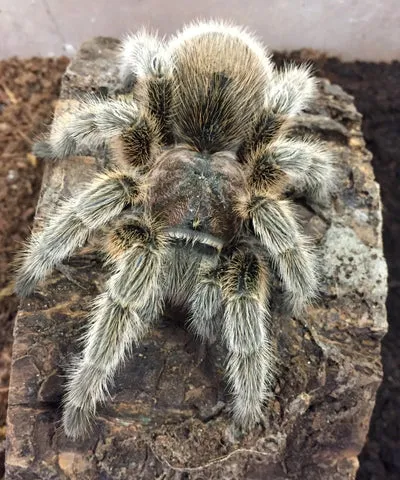
Knowing the signs of illness can help you identify potential health issues in your Mexican Rose Hair Tarantula. One of the most noticeable signs of illness is a lack of appetite. If the tarantula stops eating, it could be a sign of a problem. Lethargy or a lack of activity can also indicate illness. A tarantula that is usually active but spends most of its time in one spot might be unwell. Check for physical abnormalities, such as unusual growths, deformities, or missing limbs. Fluid buildup or swelling can also indicate an issue. Watch for changes in the tarantula’s behavior. Unusual postures or movements, such as tremors or twitching, may signal a health problem. If you observe any of these signs, consult with a veterinarian specializing in exotic animals or an experienced tarantula keeper immediately. Early intervention can often improve the chances of a successful recovery, so catch any issues early.
Preventative Measures
Taking preventative measures is key to maintaining your Mexican Rose Hair Tarantula’s health. Provide a clean and properly maintained environment. Regularly clean the enclosure by spot-cleaning and replacing the substrate as needed. Offer a varied and nutritious diet of appropriately sized insects. Ensure the enclosure has the proper temperature and humidity levels. Quarantine new tarantulas to prevent the spread of any potential diseases to your existing collection. Avoid handling the tarantula unnecessarily, especially during molting. Regularly inspect the tarantula for any signs of illness or injury. Provide a safe and secure environment. Preventative measures will help ensure your tarantula stays healthy and happy for years to come. By following these guidelines, you can minimize the risk of health issues. These preventative measures will help your tarantula live a long and happy life.
Understanding Molting
Understanding the molting process is essential for the proper care of your Mexican Rose Hair Tarantula. Molting is a natural and necessary part of a tarantula’s life cycle, during which it sheds its exoskeleton to allow for growth. The frequency of molting varies depending on the tarantula’s age, growth rate, and species. Before, during, and after molting, the tarantula is particularly vulnerable, so it is important to provide the right conditions and avoid any unnecessary disturbances. The molting process can be fascinating to observe. Understanding the molting process will help you support your tarantula through this natural process. It is a delicate and essential process, and you must be prepared.
What to Expect During Molting
Before molting, your Mexican Rose Hair Tarantula may exhibit several behaviors. The tarantula may stop eating and become reclusive, spending most of its time in a hide or burrow. Its abdomen may appear darker or more swollen. The tarantula may also build a web mat or seal off its burrow in preparation for the molting process. During molting, the tarantula will lie on its back (or side) and wriggle out of its old exoskeleton. This can take several hours or even a day or two. After molting, the tarantula will appear larger and have a softer, paler appearance. The fangs will also be softer. The molting process can be stressful for the tarantula, so it is important to provide a quiet and secure environment. Never disturb the tarantula during the molting process. The molting process can be fascinating to observe if you know what to expect.
Supporting Your Tarantula Through Molting
Supporting your Mexican Rose Hair Tarantula during molting requires providing the correct environment and avoiding any unnecessary disturbances. Maintain the appropriate temperature and humidity levels. Ensure the tarantula has access to fresh water. Provide a quiet, undisturbed environment. Avoid handling or disturbing the tarantula during the molting process. Do not attempt to help the tarantula shed its exoskeleton, as this can cause serious injury. After molting, allow the tarantula a few days to fully harden before feeding it. Offer the tarantula a small amount of food after a few days and gradually increase the portion size as it recovers. Patience and observation are key, as the tarantula will shed its old exoskeleton and emerge renewed. Supporting your tarantula will make the molting process as smooth as possible. Support is essential during the molting process.
